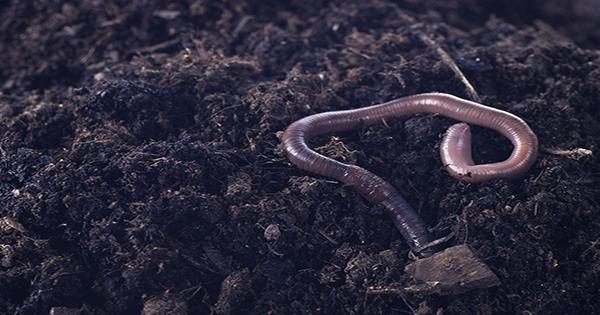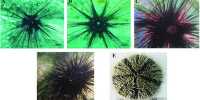You may think that the spread of invasive worms is easy enough to control but the United States is under siege against such an invader.
Named after crazy worms, snake worms, and Alabama jumpers, these ugly fugitives have traveled through 15 states (which we know) across the country. Crazy worms are actually three species of the genus Amynthas and there are some nifty techniques about them after they are undoubtedly an insect.
If you put it on your palate, it will soon fall to the floor like a snake on a hot plate, which is why some people call them snake worms. Even in the face of threats they can drop their tail, although it is very difficult to know what it is when it is madly spinning around. Unlike good old earthworms, mad worms do nothing for the soil and actually remove all the nutrients, awakening them to empty, coffee-ground-like debris. The problem is exacerbated by the fact that they have also tried their best to turn the soil around and to facilitate the nutrient cycle with all good egg worms.
As the earth dries up with low quality soils, they face problems for exotic fungi, fungi and plants of native species. The complexity of capturing them becomes clear when you learn about their enthusiastic breeding habits. If the eggs of the mad worm are not fertilized by a mate, the chicks leave the chicks to lay their eggs, inconveniently, they are colored like embedded soil color makes it very hard for them to spot anyone (not like these aggressive walking touches) and collect please. Newly burned insects then act quickly on topsoil nutrients before moving on to more nutritious pastures.
Originally from Korea and Japan, mad worms first came to North America around the 19th century. As many other invasive species in history have done, they have been able to navigate ships transporting dirt and botanical materials internationally.
According to a Newsweek report, they have since traveled to Minnesota, Wisconsin, Missouri, Illinois, Iowa, Nebraska, Ohio, Texas, Louisiana, Indiana, Kansas, Indiana, Kentucky, Tennessee and Oklahoma. Popular theories suggest that they are spreading hiccups all over the country hiding in trees or keeping cocoons trapped or released into the water.
A lot of scientists are frustrated, crazy worms are really tough. The recent winter storm in Texas may have been quite adept at killing adult Amynthas, but their winter-hardy cocoons were probably better.
“Kill it with fire”, as the internet often advises, probably won’t work. A 2015 study found that “scheduled fires” (such a sort of fantasy in a drugstore) could reduce the number of eggs of Amynthas agrestis (a species of three crazy worms) but not completely wipe them out. Perhaps, then, in an ever-warming world, pests are an inevitable strategy.
















